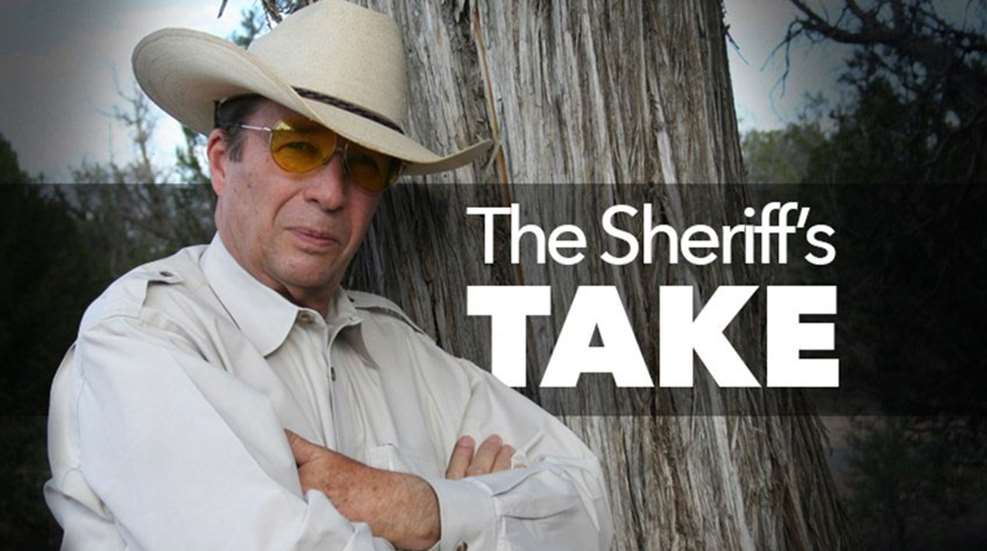
 Just about everyone has seen the comic memes on social media that began with “Keep Calm and Carry On.” Some of my other favorites would be “Keep Calm and Eat More Beef” and “Keep Calm and Drink More.” But, the one that I would like to suggest you give some thought to is “Keep Calm and Win The Fight.”
Just about everyone has seen the comic memes on social media that began with “Keep Calm and Carry On.” Some of my other favorites would be “Keep Calm and Eat More Beef” and “Keep Calm and Drink More.” But, the one that I would like to suggest you give some thought to is “Keep Calm and Win The Fight.”
Right about now you are thinking, “OK, so someone is trying to kill me and I’m not supposed to get excited about it?” So, maybe I should say you should work to stay as calm as possible during a criminal attack. I would suggest there are ways to improve your ability to be as calm as possible and focus on the tasks at hand, whatever those tasks might be.
Two of the greatest enemies of defensive shooters are panic and rage. Either one lets our emotions get out of control and can result in us doing things without thinking—things that may put us in greater physical jeopardy or that might be very difficult to justify in court. Staying calm makes it more likely for us to follow our well-thought-out, personal-defense plan and to remember the legal requirements our society places upon us.
Learning to stay calm begins with getting professional training. It is imperative to seek out the kind of training that prepares us for dealing with the sort of criminal attacks that are becoming more common in our society. Given a choice, learning to deal with a home invasion while armed with a handgun is probably going to be more useful than spending a week learning how to properly clear a terrorist base-of-operations. Realistic training is the foundation upon which calmness in the face of violence is built.
In addition, we should train with the defensive firearm we usually carry. Taking a class with your high-capacity service-auto is not going to do you much good if you regularly carry a snub-nose, J-frame revolver. Similarly, if you don’t do as well as you expected to with your everyday carry pistol, that might be an indication you need to reconsider what you carry. Practical training, coupled with regular practice sessions, builds confidence in our ability and equipment. That directly affects our level of calmness.
Although I have touched on it before in this column, it is still important to have a personal-defense plan. It helps us determine what sort of criminal attacks we are most likely to experience and to develop some idea of how to handle it. It is an excellent idea to study actual criminal encounters, and subsequently try to discern what the people involved did right and what they did wrong. Street encounters, home invasions, and mass-shooting incidents can all give us food for thought and ideas upon which to build our own plan for dealing with such events. That way, when the balloon goes up, you want to be able to say with confidence, “They told me this could happen, and I have a good idea of just what to do about it.”
By being aware of what is going on around us, we are in a better position to consider more options of how to handle a particular situation. Awareness allows us more time to get our mind into personal-defense mode to sufficiently deal with the situation at hand. What we really need to avoid is being so oblivious to our surroundings that a criminal attack comes as a complete surprise. When surprised, a person is far more likely to fall back on a panic response or even a reaction of rage.
Of course, quite a few of us have fears that can cause us trouble when they are part of the defensive scenario. Popular film character Indiana Jones and his snake pit encounter serves as a good example. In my case, I have a phobia of heights. I just don’t like to get near the edge of a cliff or the edge of a tall building. While I have never been involved in a criminal encounter in such a location, it is very likely this would affect my ability to stay as calm as I would like to be. The point to remember is that, just like Indiana Jones, we can force ourselves to function in spite of our phobias—especially if we have realized their existence and given some thought to dealing with them.
One of the most difficult situations to test our ability to stay calm is when a loved one or family member is being held hostage. Given a choice, that is something I would prefer to have a third party, such as a police officer, handle. However, we may not always have that luxury. Suppose, instead, that you and the family member have worked out a previous signal by which the family member kicks his/her feet out from under them and sags to the floor, thereby exposing the aggressor’s head and upper body. Your prior training and planning again may allow you to remain sufficiently calm to take advantage of such an opportunity.
Cliches are still around because most of them are true, and none are truer than, “You are either part of the solution, or you are part of the problem.” We must stay calm enough to deal with these often terrifying moments in our lives so that we can definitely and effectively be part of the solution. Good training, regular practice and a realistic personal-defense plan, all add up to our ability to stay as calm as possible in the face of danger. That is precisely why the statement “Keep Calm and Win The Fight” should be our motto.

































